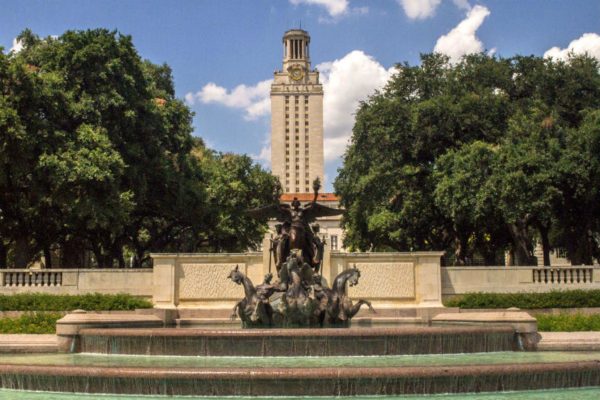The two fundamental responsibilities of universities are to train the next generation of citizens to serve society with their individual talents and to add to human knowledge.
This mission involves the freedom to explore and evaluate unconventional ideas. The academic community is, in principle, a universal community with a responsibility to serve all of humanity. The challenge for the modern research university is to develop and finance its mission by creating an environment where questions requiring multidisciplinary research with sophisticated modern equipment can be explored.
I’ll cite an early example of university involvement in targeted research. During World War II, the Massachusetts Institute of Technology participated in the development of radar. That relationship of the university with the government and the Cold War led to the establishment of the MIT Lincoln Laboratory, funded by the U.S. Air Force, for the development of a system connecting the detection of aircraft by radar with the monitoring of aircraft movement by digital computer.
Although rationalized as an air defense system, its principal application has been the modern-day air traffic control system. Because the mission of the laboratory was product development, it was never integrated into the teaching mission of the university. Nevertheless, it was a vital financial subsidy for MIT and symbolizes the evolution of government support for targeted university research.
In 1952, I joined the MIT Lincoln Laboratory with the assignment to develop with a ferrimagnetic ceramic (rather than a ferromagnetic metal) the magnetic memory element of the first random access memory (RAM) of the digital computer. We delivered the memory element within four years despite the informed opinion that it could not be done. The success of this targeted program was the result of theoretical and experimental exploration of the chemical, physical and engineering properties of these ceramics under one roof by scientists with different backgrounds.
The fundamental studies that followed have provided understanding of the properties that occur at the transition from a magnetic insulator to a metal in a ceramic; this understanding has been used to develop the cathodes of electrochemical cells, including those of fuel cells and the lithium ion battery.
However, these studies were terminated as they were not targeted to a specific Air Force mission. Although the laboratory was affiliated with MIT, academic freedom to pursue new knowledge was denied the workers once their original mission was successfully completed.
As universities adapt to new technology, there will be a shift from emphasis on traditional classroom teaching to greater involvement in multidisciplinary collaborative research. This shift will require the creation of alternative partnerships with those who find meaning or profit in helping to finance the development not only of the next generation, but also of new knowledge and technology.
Training, exploration and discovery must be distinguished from product development in partnerships involving targeted research.
John Goodenough is the Virginia H. Cockrell Centennial Chair in Engineering at The University of Texas at Austin.
A version of this op-ed appeared in the Houston Chronicle.
To view more op-eds from Texas Perspectives, click here.
Like us on Facebook.




